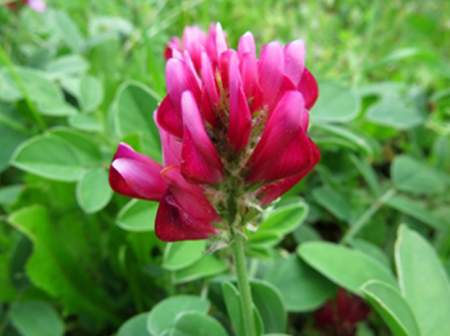
Objective:
The sulla is a herbaceous bi or multiannual Mediterranean forage species. It’s used as hay, ensilage, or pasture. The sulla is a species that valorizes poor soils and helps in restoring their fertility. Also, it’s a useful plant regarding restoring and promoting eroded soil. The main objective of this work is to master the techniques of multiplication and conservation of this species.
Context:
The H. coronarium was reported in Tunisia on marly and marly-limestone substrates in regions with average rainfall greater than 550 mm. It’s a forage species with a high energetic value. It’s natural area is declining from year to year due to very high anthropozoic pressure. This work is integrated into the ECOPLANTMED Project (www.ecoplantmed.eu) and goes along with the strategies of water and soil conservation projects.
Contacts:
Salma Sai-Kachout, salmasey@yahoo.fr, www.inrat.agrinet.tn
Issam Touhami, issam_touhami@yahoo.fr, www.inrgref.agrinet.tn
Kaouther Elhamrouni, kaouther.elhamrouni@gmail.com, www.inat.tn
Khaoula Ben Baaziz,khaoulon@yahoo.fr, www.inrgref.agrinet.tn
Further information:
Ben Jeddi, F., 2005. Hedysarumcoronarium L.: Variation génétique, creation variétale et utilisation dans des rotations tunisiennes. Thesis, Ph.D. in applied biological sciences, Ghent University.